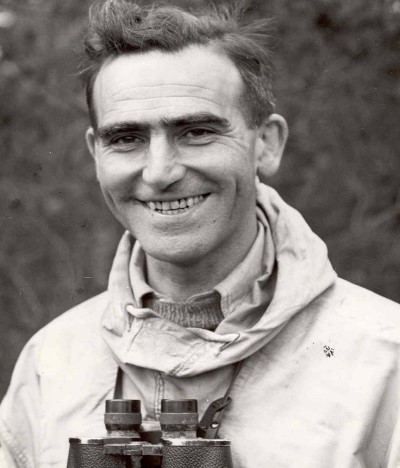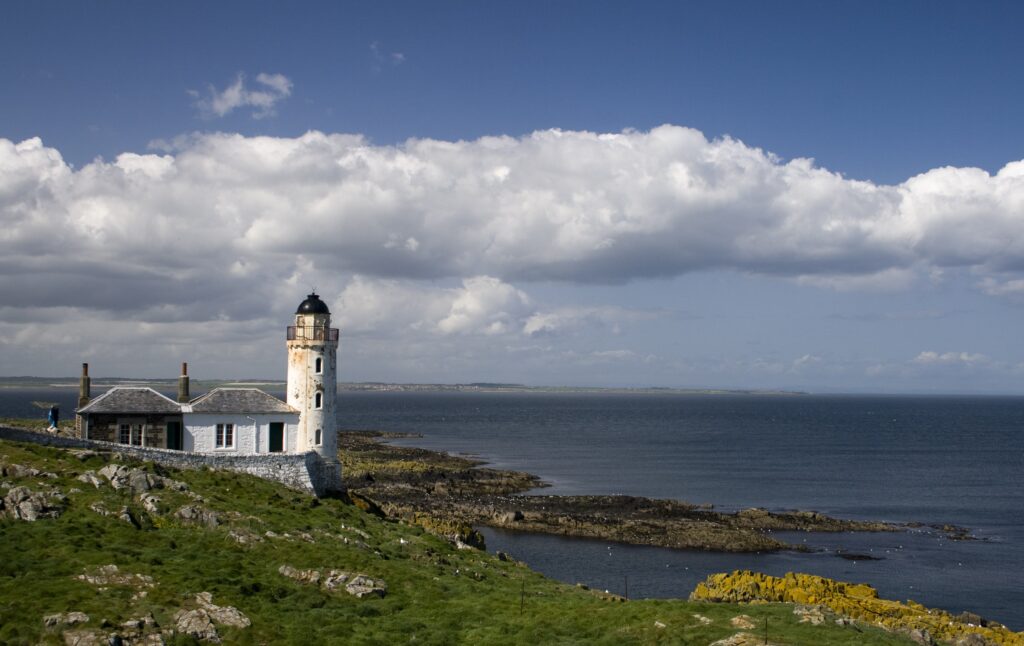Waterston House, Aberlady EH32 0PY

©Jim Barton, Geograph
The Waterston House is the headquarters of the Scottish Ornithologists’ Club (SOC). The SOC was created in March 1936 after a meeting between Scottish ornithologists in the Royal Scottish Geographical Society with the goal to coordinate bird conservation actions and policies in Scotland. The Club promotes systematic recording and study of birds across gardens and nature reserves, and forms a network of local ornithologists all around the country. The Waterston House contains the Donal Watson Gallery, specializing in wildlife art, and the George Waterston Library and Archives collection, containing ornithological books, journals and bird reports since 1948. It also houses ornithological artefacts such as notebooks, correspondence and photographs from members of the SOC and of eminent Scottish ornithologists like Evelyn V. Baxter, Leonora J. Rintoul, and George Waterston.

©SOC Archive, Scottish Orinthologists’ Club
Sources:
The Scottish Ornithologists’ Club; Pioneers in Scottish Ornithology, chapter in Bob McGowann and David Clugston, The Birds of Scotland (2007), edited by the Scottish Ornithologists’ Club
Additional Links:
- https://www.the-soc.org.uk/content/about-us/george-waterston (More information on George Waterston)
- https://www.the-soc.org.uk/about-us/library (Webpage and catalogue of The George Waterston Library and Archives Collection)




